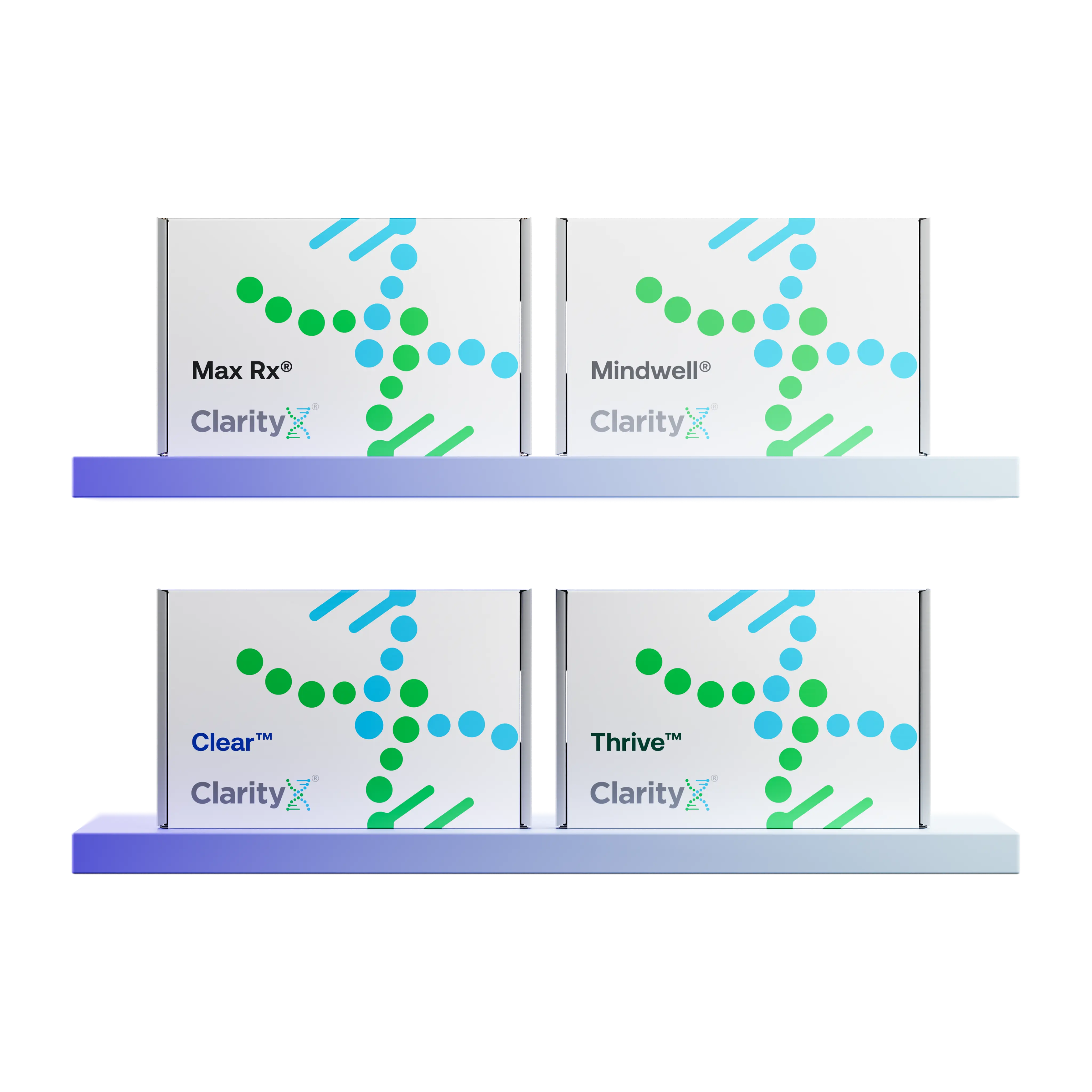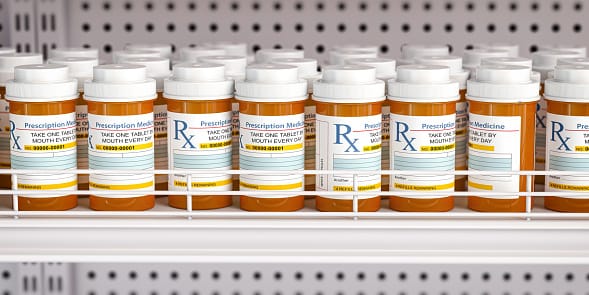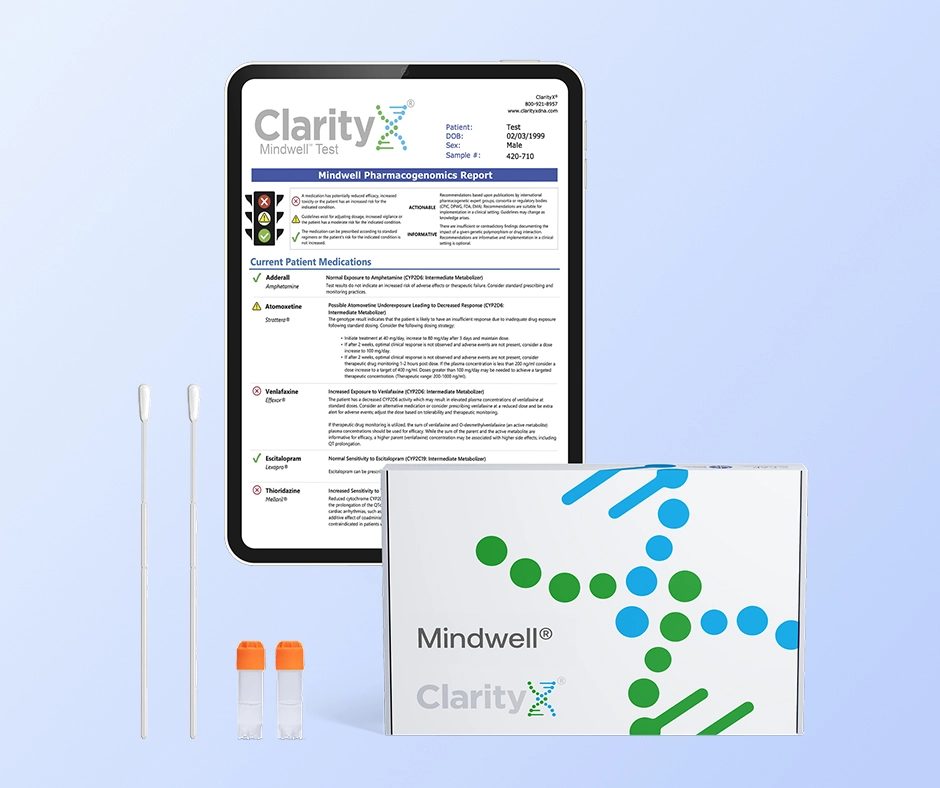Key Highlights
- Warfarin is a common oral medication used to prevent and treat harmful blood clots.
- The effect of warfarin is somewhat delayed, usually starting between 24 to 72 hours. The impact of a particular dose on clotting risk typically becomes apparent after a few days.
- To achieve a stable therapeutic INR (International Normalized Ratio), close monitoring and dose adjustments are necessary.
- The success of warfarin depends on the dosage, vitamin K intake, potential drug interactions, and your overall health.
- Taking the medication at the same time each day, having regular blood tests, and following lifestyle tips can help you use warfarin safely and effectively.
- Significant side effects include an increased risk of bleeding and other specific adverse events.
Introduction
Warfarin therapy is an important option for managing and preventing blood clots. It's essential to understand how long it may take to work for patient safety and treatment expectations. When you start warfarin, your body gradually reacts as clotting factors decrease. It can take several days to achieve a therapeutic INR. This range is where the medication helps prevent harmful clots without increasing the risk of major bleeding. This blog examines the timeline and key points you need to know for effective warfarin therapy.
Understanding Warfarin
Warfarin is a medication that helps thin the blood by reducing the body's ability to form harmful clots. This drug is widely used for cardiovascular conditions and is used by millions of people worldwide. Warfarin works by altering the way blood clots develop, which benefits those at risk of stroke, deep vein thrombosis, and other clot-related issues.
Even though it is effective, using warfarin correctly requires an understanding of how it works. People need to carefully follow their doctor’s instructions regarding doses. It is also important for patients and doctors to monitor the treatment closely. This way, they can ensure that the benefits outweigh the risks of bleeding.
What is Warfarin?
Warfarin is a medication taken by mouth and is widely used to prevent and manage blood clots. You may know it by brand names like Coumadin and Jantoven. It typically comes in a tablet form, which is taken once a day. Warfarin works by influencing how your liver produces clotting proteins, making it helpful for the long-term care of conditions that can lead to blood clots.
On a deeper level, warfarin blocks a specific enzyme known as vitamin K epoxide reductase complex subunit (VKORC1). This enzyme aids your body in recycling vitamin K, which is vital for creating various clotting factors. By inhibiting this enzyme, warfarin reduces your body's ability to form new clots. Rather than breaking down existing clots, it prevents them from enlarging and inhibits the formation of new clots.
An interesting fact about warfarin is that it's a racemic mixture. This means it contains two forms, called R and S enantiomers. The S form is significantly stronger as an anticoagulant than the R form. This difference is important for how people react to the drug and for how doctors determine the right dose for each patient.
How does Warfarin function in the body?
Warfarin works by targeting specific blood clotting factors that require vitamin K for activation. By inhibiting these factors, it decreases the body's ability to form blood clots. This helps to minimize the risk of serious blockages in blood vessels. As the old clotting factors are broken down, the effects of warfarin become more pronounced over time.
Doctors closely monitor the effects of warfarin with a blood test known as the international normalized ratio (INR). This test assesses the time it takes for your blood to clot. It's essential to achieve and maintain a therapeutic INR, a specific range designated by your healthcare provider. This helps reduce the risk of complications without leading to excessive bleeding.
The body takes several days to deplete the active clotting factors after starting warfarin. Therefore, you won't see the full effect immediately. Instead, INR levels gradually rise, indicating that the medication is becoming more effective during the initial days of treatment.
Indications for Warfarin Use
Many medical issues prompt doctors to prescribe warfarin, primarily for individuals at high risk of developing blood clots. Those with specific heart rhythms, heart valve replacements, or those recovering from deep vein thrombosis or pulmonary embolism often benefit from warfarin’s protective effects.
In clinical practice, healthcare professionals value warfarin for preventing and treating blood clots. It is a key choice where the safety of anticoagulation must align with a person’s specific risk factors and medical background.
Common conditions treated with Warfarin
Warfarin is commonly prescribed to individuals with atrial fibrillation, a heart rhythm disorder that increases the risk of strokes by causing irregular blood flow in the heart. When the upper chambers of the heart tremble instead of contracting, it can lead to the formation of blood clots. These clots can travel to the brain, making the use of blood thinners like warfarin essential.
Warfarin also helps prevent deep vein thrombosis (DVT). DVT occurs when blood clots form in deep veins, typically in the legs. If a clot breaks loose, it can be very dangerous.
Another related issue is pulmonary embolism (PE). PE occurs when a clot (e.g., DVT) travels to the lungs. Warfarin helps by preventing new clots from forming and stopping old clots from recurring. This makes it an effective long-term solution for managing these high-risk problems.
When is Warfarin prescribed?
Warfarin is typically administered when a patient's risk of developing harmful clots exceeds the risk of bleeding from anticoagulation therapy. Doctors evaluate each patient’s health, lifestyle, age, and medical history. This assessment helps them determine if warfarin is the safest and most appropriate option.
Warfarin therapy often begins when rapid protection against clots is essential. This need arises after a stroke, heart attack, major surgery, or when chronic conditions like atrial fibrillation are identified. Close monitoring at the outset is vital, as it helps manage risks and establish a therapeutic INR.
During treatment, healthcare professionals adjust the warfarin dose as needed. They may reconsider anticoagulation if new risk factors emerge, such as frailty or an increased risk of bleeding. The decision to continue using or to discontinue warfarin always centers on ensuring the safety of anticoagulation for the patient.
Mechanism of Action
Warfarin primarily works by inhibiting an enzyme that activates vitamin K. This vitamin is essential for the production of clotting factors in the liver. The vitamin K epoxide reductase complex subunit is vital for the formation of clotting proteins.
When these clotting factors are not activated properly, blood takes longer to clot. This helps protect patients from complications like strokes, deep vein thrombosis, and pulmonary embolism. It is crucial to get the warfarin dosing right. Taking too little or too much can pose significant risks.
If the warfarin dosing is too high or too low, the INR (a measure of how fast blood clots) can go outside the safe range. This raises the chances of severe bleeding or not being able to prevent clots. Regular checks help keep everything balanced.
Administration Guidelines
Taking warfarin properly is very important for safe and effective treatment. It’s helpful to take warfarin at the same time each day to keep blood levels steady. Consistency also allows healthcare professionals to adjust doses correctly based on blood test results.
Skipping a dose or changing your schedule without consulting a doctor can jeopardize your treatment and elevate risks. It's essential to communicate openly with healthcare professionals. Always inquire if you miss a dose or need to adjust your routine.
If you forget to take your daily dose, take it as soon as you remember. Do this within eight hours of your usual time. If it's been longer than that, just skip the missed dose. Then, go back to your regular schedule with your next dose of warfarin. Never take double the dose to make up for what you missed.
Never change your warfarin therapy on your own. If you miss more than one dose, reach out to your healthcare provider. They can give you advice and may adjust your dose to keep you safe during treatment.
Dosage and timing considerations
The first dose of warfarin can be different for each person. It usually starts low to prevent going above the safe level. Your doctor will consider things like your age, weight, diet, current medications, and liver health to decide the starting dose.
In the first few weeks, you will have more frequent blood tests to help adjust the dose. The dose of warfarin might go up or down in small steps until your INR stays in the safe range. Once it is stable, you won’t need to change the dose as often, but you still need to keep checking.
How and when you take warfarin is crucial for maintaining stable blood thinning. If you change the time you take your warfarin unexpectedly, it can affect your INR. Therefore, it is essential to maintain a regular treatment schedule to ensure its safety and effectiveness.
Monitoring Warfarin Therapy
Ongoing monitoring is very important for successful warfarin therapy. Regular blood tests, like the INR, help ensure the effects of warfarin remain safe and effective. If your INR levels go too high or too low, your healthcare provider will quickly adjust your dose. This helps protect you from both forming clots and excessive bleeding.
Monitoring also considers changes in your health, medications, or diet, as these can all affect the effectiveness of warfarin. By keeping up with your tests and updates, you help your healthcare team look after your well-being.
Essential tests while on Warfarin
The main blood test used during warfarin therapy is the International Normalized Ratio (INR). This test measures the time it takes for your blood to clot compared with a standardized ‘normal’ clotting time. This is important for safely adjusting your warfarin dose. Your INR goal usually falls between 2.0 and 3.0, depending on the condition being managed.
Initially, these tests occur frequently, sometimes several times a week, when starting therapy, until your results become stable. Once your INR levels stabilize, you may only need to test every few weeks or once a month, unless there are changes in your health or medications.
It's also very important to have prompt blood testing if you feel unwell, change your diet, or start new medications. These factors can change how warfarin works in your body.
Frequency of monitoring and adjustments
Close monitoring is very important in the early stages of warfarin therapy. Each patient’s response can vary significantly due to genetic factors, diet, and overall health. During this time, INR levels are checked often. This could be done daily in hospitals or every few days for outpatient care. The goal is to get and keep a stable response.
After the initial stabilization, INR levels should be checked regularly. This can sometimes be done every four weeks, unless something changes that might affect your response. These changes can include starting or stopping other medications, becoming suddenly ill, or making significant changes to your diet. Any of these may require quick dose adjustments.
The aim is to adjust the dosing carefully and quickly. This should be based on test results and your clinical status. The goal is to achieve optimal anticoagulation while minimizing the risk of complications.
Potential Side Effects and Management
Major bleeding is the biggest risk of taking warfarin therapy. This risk increases because the medicine slows down blood clot formation. Even small injuries can result in significant blood loss. One serious risk is intracranial hemorrhage, which means bleeding in the brain. This can lead to long-term problems or even death, and the risk is higher if an injury occurs. It’s vital to ensure things like dizziness, drowsiness, and fall risk are closely monitored in individuals using warfarin.
Other issues can include gastrointestinal bleeding, easy bruising, nosebleeds, or heavy periods. Rarely, patients may also face skin necrosis or purple toe syndrome. These are serious issues that require immediate medical attention.
Strategies to mitigate side effects
To prevent or minimize side effects from warfarin, a well-rounded approach is necessary. First, it is important to be careful about drug interactions. Some medications and even supplements, such as cranberry juice, can interact with warfarin, either increasing or decreasing its effect. This can lead to a higher risk of problems.
Healthcare professionals will give you specific advice on what foods to eat regularly and what to limit, especially those high in vitamin K. Professionals will check for other medications that may interact with warfarin and request updates if your medication list changes.
Education is very important. Patients must know what to avoid and when to ask for help. Maintaining an open conversation with healthcare professionals facilitates prompt responses, timely dose adjustments, and the safe use of warfarin.
Conclusion
Warfarin can be a crucial component of therapy to help limit the risk of dangerous blood clots, but it can also increase the risk of dangerous bleeding. Because of this, it’s vital to ensure the medication has a consistent effect. Factors like medications, diet, and genetics can all play a role in how well warfarin works, so it’s important to work closely with healthcare providers and regularly check INR levels to ensure the effects remain in a safe range.
Lastly when considering treatment options like Warfarin your genetics can also play a vital role in determining which medications will be best suited for you. A simple test can help reduce the trial and error process associated with finding the right medication. Find out more by visiting www.clarityxdna.com
Frequently Asked Questions
How long does it take for Warfarin to start working?
After starting warfarin, you will usually notice its effect on blood clotting in 24 to 72 hours. However, it can take a few days to reach a therapeutic INR, which provides the best protection. So, you might not see the full benefit until later in the week.
Can dietary choices affect Warfarin's efficacy?
Yes, what you eat can have a very significant effect on how well warfarin therapy works. Foods high in vitamin K, like leafy greens, reduce the effect of warfarin. On the other hand, drinks like cranberry juice can raise the risk of bleeding because of drug interactions. Sticking to a consistent diet can help prevent an increased risk.
What should I avoid while taking Warfarin?
When you are on warfarin, do not drink cranberry juice. Also, avoid sudden changes in what you eat, especially foods high in vitamin K. If you miss a dose, do not take a double dose. Go to the emergency department right away if you see signs of major bleeding or if you feel unwell.
How do I know if Warfarin is working?
The effect of warfarin is checked with regular blood tests that measure INR levels. When the INR levels are in the right range, it means that warfarin is working well. By closely monitoring and making timely adjustments, we can ensure the medicine works as intended.
What are the signs of Warfarin overdose?
Signs of taking too much warfarin can be major bleeding, unexplained bruises, blood in urine or stool, and severe headaches. These headaches may indicate an intracranial hemorrhage. These serious adverse events need quick attention in the emergency department. This helps to lower the increased risk and avoid complications.
References
https://dailymed.nlm.nih.gov/dailymed/drugInfo.cfm?setid=0cbce382-9c88-4f58-ae0f-532a841e8f95
https://www.ncbi.nlm.nih.gov/books/NBK470313/
https://www.ncbi.nlm.nih.gov/books/NBK560651/
https://files.cpicpgx.org/data/guideline/publication/warfarin/2017/28198005.pdf
https://clarityxdna.com/blog/learn/vkorc1-gene-the-role-in-warfarin-therapy/
https://clarityxdna.com/blog/learn/pharmacogenetics-testing/






